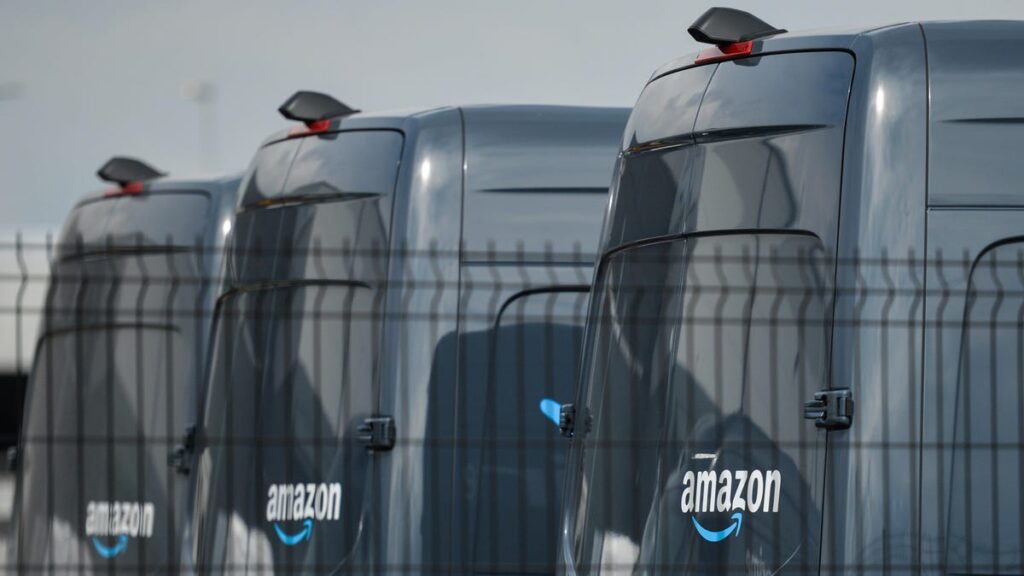Amazon Doesn't 'Employ' Drivers But Also Doesn't Want Them Unionizing: Report

Amazon insists that it doesn’t employ drivers directly, as the company has a habit of hiring outside companies and so-called contractors to deliver its packages. But it looks like Amazon acknowledges that drivers are, indeed, its employees whenever these workers threaten to unionize, according to Vice, and the company continues to spend millions on anti-union efforts, which specifically refer to Amazon’s “drivers” in filings sent to the U.S. Department of Labor.
The Range Rover Tailgate Event Suite is Peak Luxury Lounging
The tech giant spent a total of $14.2 million on anti-union consulting throughout its operations and warehouses in 2022, and a small portion of that formally recognizes drivers as the target of union-busting. Vice looked at filings and reports that say $160,595 went to two consulting firms for whom “drivers” were the target group. The consulting agencies cite the “teamsters” as the union in question, and other related filings disclose that the firms were hired to discourage drivers from joining the Teamsters — the largest union in America.
The filings also show that this anti-union activity is carried out by consulting agencies that are themselves third-party companies; this puts some distance between Amazon and union-busting directly. It also creates a web of contractors and subcontractors that are then busting unions (or quashing talk thereof) that involve other contractors and subcontractors. As if Amazon could push away these groups and put a legal buffer that would hold up to legal scrutiny.
Amazon is now in a bit of a bind, because how can the company exercise any power over (or spend any money on) workers that don’t belong to the company? Per Vice:
“Amazon has a level of responsibility that they’re trying to escape here,” said Randy Korgan, the director of the Teamsters’ Amazon Division, whose goal is to organize the company. “If the subcontractor is its own entity, and the subcontractor employs these drivers, then what is their interest in making sure that there are anti-union consultants meeting with drivers for a company that they don’t have any control over?”
“It clearly identifies the amount of control that Amazon is exerting over these subcontractors, number one,” he continued. “Number two, it shows that they have a vested interest because [the drivers] are employees of some sort. When you look at these filings, how can you say they’re not your drivers?”
Even though Amazon could deny any effort to exercise power over non-employees — since it leaves the union-busting to outside agencies — it’s still undeniable that these firms are acting at the behest of Amazon. Whether that’d hold up in the eyes of the federal government is yet to be seen. The National Labor Relations Board could rule that Amazon is a joint employer, given the clear connection between its contractors.
For now, Amazon argues that it doesn’t have to deal with the Teamsters. The company has declined to bargain with them on the basis of its indirect connection to drivers. Amazon has even stopped working with contractors that successfully voted to unionize — though the tech giant says it had nothing to do with their unionization.
Amazon claims the contract was terminated due to poor performance, while drivers say that Amazon started grounding trucks due to maintenance issues, which were only a problem after union talk spread. Maintenance suddenly became a priority, and routes were cut in order to service the vehicles. That allegedly led to poor performance and subsequent termination. Not long before this, workers say they started seeing new faces around the warehouse. And unbeknownst to workers, these new employees were officially hired to discourage Amazon’s “drivers” from joining the “teamsters.”
Photo: Artur Widak/NurPhoto (Getty Images)



